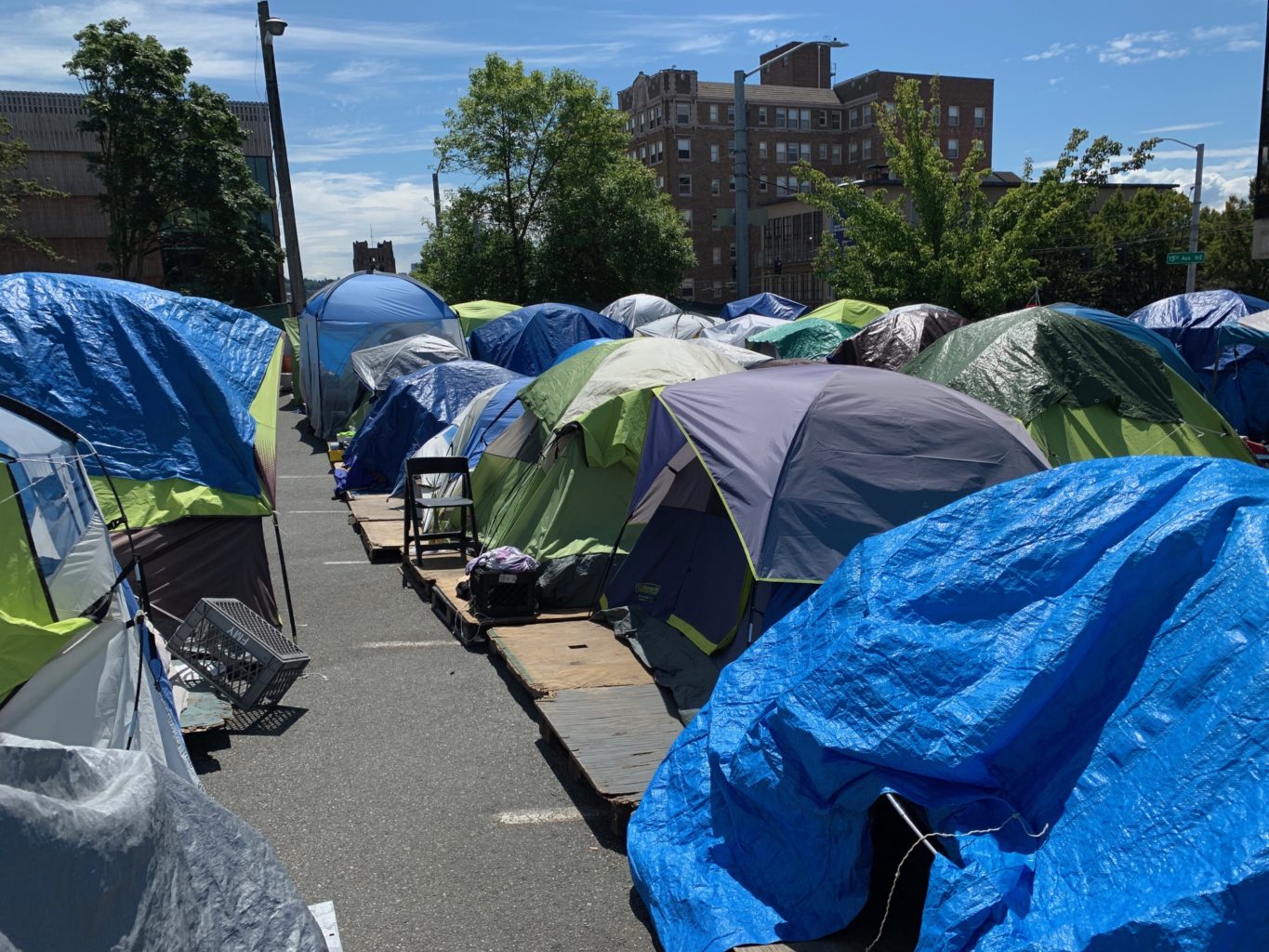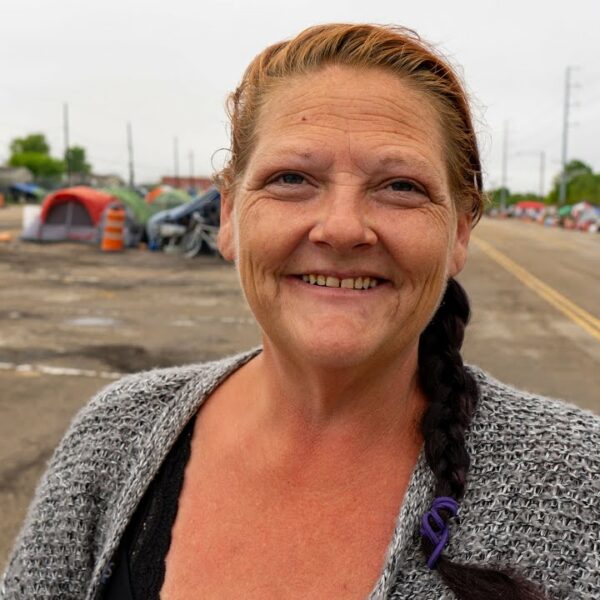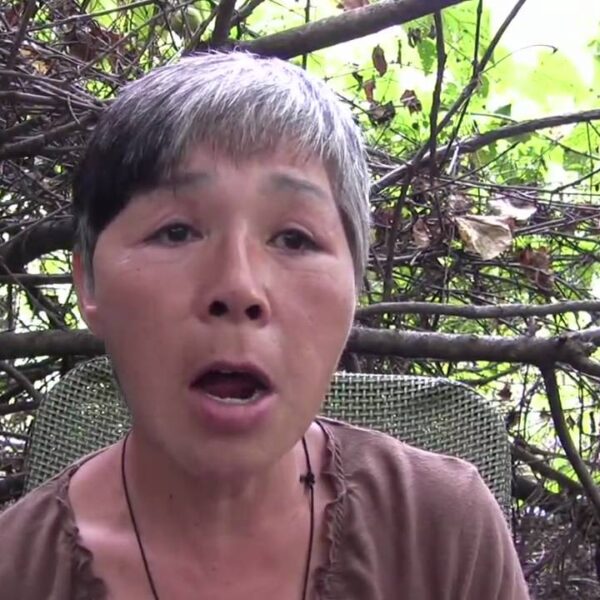Book Review: Tent City Urbanism: From Self-Organized Camps to Tiny House Villages, by Andrew Heben
“While they are often portrayed as a disorganized state of emergency, I find that the self-organized tent city actually addresses many of the shortfalls of more traditional responses to poverty. For example, they often exemplify self-management, direct democracy, tolerance, mutual aid and resourceful strategies for living with less. Out of necessity, people have had to negotiate the sharing of space and resources, while unintentionally discovering the benefits of living in community.”
~Andrew Heben, from the introduction to Tent City Urbanism.

Homelessness is now one of the biggest issues facing the USA. Hotspots like Los Angeles count tens of thousands of people living on the streets or in their vehicles. The numbers just keep going up even though government spending on solving the problem has increased as well. As a recent Huffington Post article points out, the US can’t seem to turn back the trend toward homelessness that has exploded in areas where rent hikes have simply made living too expensive no matter how much is spent trying to get people back into traditional housing.
In fact, after listing all the reasons why the approach to solving homelessness hasn’t worked, the Huff Post article finally links to some solutions. The first? An article I wrote right here for Invisible People on a self-governed city-sanctioned tent camp in Oakland, CA.
The fact that homeless people can self-govern is almost always left out of the conversation surrounding homelessness.
But as Andrew Heben points out in Tent City Urbanism: From Self-Organized Camps to Tiny House Villages, it’s really the only feasible solution. Not only that, Heben shows how a transition from individual style housing to communal village style housing is not only appealing to homeless people. Many middle class Americans want to downsize their lifestyles, save money, reduce their environmental footprint and live a more social lifestyle at the same time. What emerges is a sound solution to the housing problem facing all of us, simplified so that it can be implemented anywhere in the country with minimal financial cost.
After all, isn’t the homeless crises really just a canary in the coal mine for the 80 percent of Americans living paycheck to paycheck and just a step or two away from being on the streets themselves?
Based in concrete examples of tent cities from Eugene, Oregon, to Ann Arbor Michigan, Heben walks us through the establishment of self-governing communities that allow for low overheads and a flexible community-based lifestyle that is missing from the current American housing landscape.
The formula is surprisingly simple. A handful of people can start with a tent camp. With time and community organizing, these tent camps slowly evolve into permanent tiny house villages. Community owned gardens, workshops and other facilities provide a high level of self-sufficiency. Along the way, we learn that this kind of living actual fosters compassionate action, empowers individual entrepreneurship through craft industry and eliminates the need for expensive “management” of homeless communities. The tiny home village becomes a self-governing entity.
For those working at the community level to solve homelessness in their town or city, this is a must-read book.
Far from theory, Heben spent years living with different homeless communities. He tracked exactly what elements are necessary to make these villages really work. The book includes blueprints for actual village designs as well as templates for tenant agreements allowing for self-government and autonomy. Heben is now the Project Director of SquareOne Villages. The organization provides consultancy and tools for communities to implement tent to tiny home villages. Heben shows that any community can solve homelessness at a fraction of the cost of traditional “affordable housing” programs.
Beyond pragmatics, the book points to an entirely new way of dealing with both housing and community. The solution solves both economic and social problems at the same time. Imagine a tiny home built in a self-managed village, requiring only some volunteer hours to stay up and running. Individuals could stop worrying about paying the bills. Instead, they could concentrate on growing their own food, planting trees, creating art and music and raising their children.
As the book shows, these villages are already popping up across America. They provide a solid and inexpensive solution that any community can put into place right now. We plant the seed for a better way of life for everyone while solving homeless. If I was going to recommenced just one book for solving the current homeless crisis, this is the one. Please read, pass it on, and discuss with your community. The solution is easier than we have been led to believe. By addressing the real needs of our homeless population, we open the door for the liberation of all of us.













